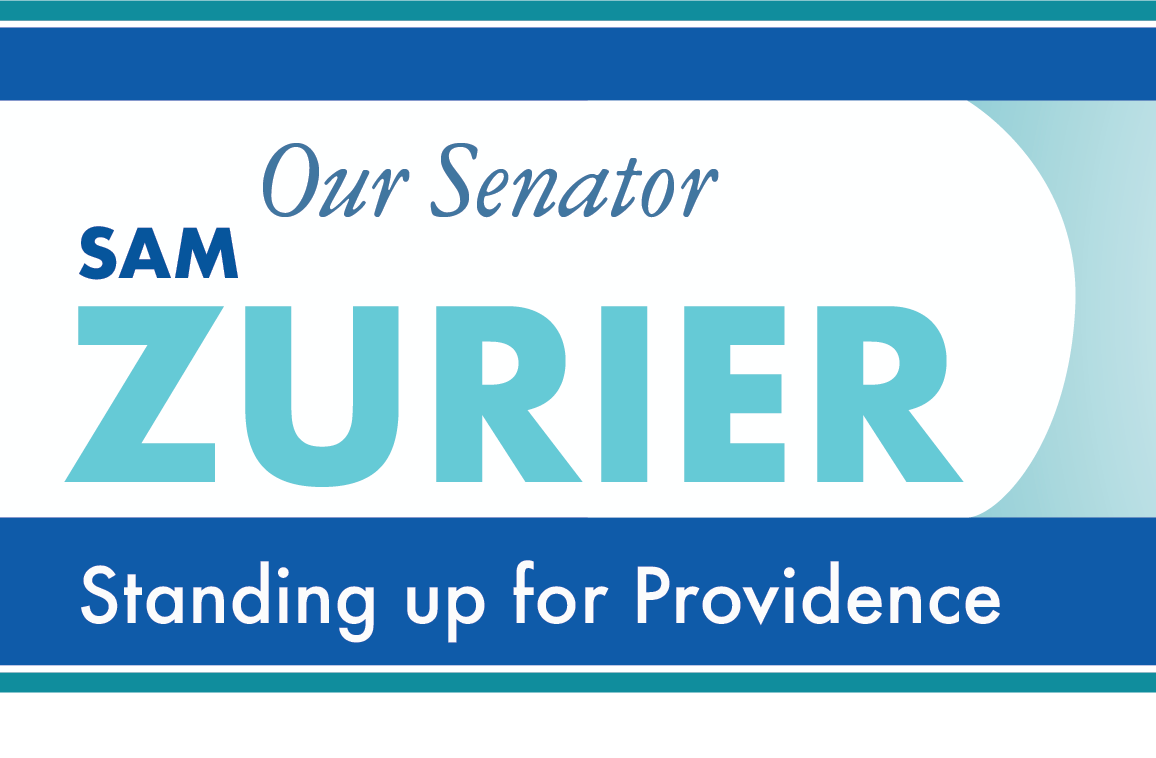I hope you are enjoying your early Spring, which for many of us will officially begin on Thursday with the start of the baseball season. This letter discusses a bill I have introduced to reform our State’s takeover of schools and school districts generally, and the State’s takeover of the Providence Public Schools in particular.
1. Background: Legislative Hearings on the Providence Takeover
Because the management of the Providence Public Schools is now the State’s responsibility, I have made that a focus of my work in the Rhode Island Senate. In my letters of November 5 and March 6, I described hearings that the Senate Oversight Committee held which raised questions about the Providence Public Schools’ development of measurable annual goals and concerns by stakeholders regarding a lack of accountability. In my March 27 letter, I discussed a recent Senate Finance Committee hearing at which the Commissioner acknowledged the District’s failure to vet the teachers’ contract publicly, as well as letter by State senators and representatives noting the District’s failure to begin a timely and transparent search for a new Superintendent, which will harm the quality of education in the District over the next year.
2. Developing a Legislative Response
Through these hearings, both committees identified failures of policy and execution, which are best addressed through improved management and internal oversight. Unfortunately, it has become apparent that the existing framework (including the lack of meaningful oversight by the Council on Elementary and Secondary Education) is not capable of self-improvement. As a result, the only remaining tool is the blunt instrument of legislation. With that in mind, I have been working with colleagues to develop a bill to reform the process by which the State takes over individual schools and school districts in general, and to reform the State’s takeover of the Providence Public Schools in particular. The legislation is designed to replace the current State takeover law, also known as Section 5 of the Crowley Act. As you can see, the current law consists of a single paragraph, which fails to provide guidelines or standards which could have helped the State avoid some of the problems that have arisen during the Providence takeover.
3. Description of the Bill
The bill consists of three sections. Section 16-7.1-5 provides a framework for the State’s takeover and turnaround of an individual school. Based on the Massachusetts law, Section 5 contains specific criteria and procedures for (a) determining whether a school’s performance qualifies for State intervention, (b) establishment of a stakeholder committee (with defined membership) to provide recommendations as to the content of a turnaround plan, (c) the contents of the turnaround plan, including specification of annual measurable goals, (d) the additional types of authority granted during the turnaround period, (e) the possible appointment of an external overseer to manage the turnaround and (f) the standards to apply to measure the success of the takeover, and the determination of when to return the school back to its host district. Section 5 is based largely on the existing turnaround law in Massachusetts.
Section 16-7.1-5.1 provides a framework for the State’s takeover and turnaround of an entire school district. Again based on the Massachusetts law, Section 5.1 provides specific criteria and procedures similar to Section 5 expanded to a full-district context. In light of the fact that the Providence takeover and turnaround is already in process, if enacted, these provisions would not apply until the next takeover and turnaround of a school district took place.
Section 16-7.1-5.2 provides a set of guidelines and procedures to address the current situation in Providence, based on what we have learned from the Senate hearings and from your feedback. The bill, if enacted, would direct the Providence Public Schools to update its turnaround plan to include annual measurable goals in a number of basic criteria of student achievement, organizational capacity and parent and family engagement. If enacted, Section 5.2 also would create a nine-member board of trustees that would meet on at least a monthly basis to provide oversight of the district, including review and approval of appointment of senior administrators, setting district-wide policy , reviewing progress towards performance measures and receiving feedback from stakeholders. The bill, if enacted, also would provide guidelines for reviewing the decision of when to end the takeover and return the management of the Providence Public Schools to local authorities.
4. Legislative Review of the Bill
The bill is the product of two months of conversations and meetings with fellow Senators and State Representatives, stakeholders and expert assistance from the Senate’s Policy Office. Representatives Kislak and Ajello have provided valuable feedback, and they will be sponsoring this bill in the House of Representatives. Following the “regular order” of the legislative process, the bill will be heard in committee in both chambers. Each committee will vet the bill, consider possible amendments and vote whether to advance the bill (possibly with amendments) to the full House and/or Senate for consideration. If the bill passes both chambers in the same form, it will then go to the Governor for review and possible signature.
In short, the bill in its current form is only a proposal, and the public will have several opportunities to present their thoughts and ideas about whether the bill is needed or helpful, and if so, how it can be improved. I believe the bill helps (albeit not perfectly) address the concerns we share regarding the lack of accountability and oversight in the State’s takeover of the Providence Public Schools, and I look forward to working with you and with my Senate colleagues to advance this its policies through the General Assembly, with the goal of improving the quality of the education that our children in Providence receive over the next several years.
